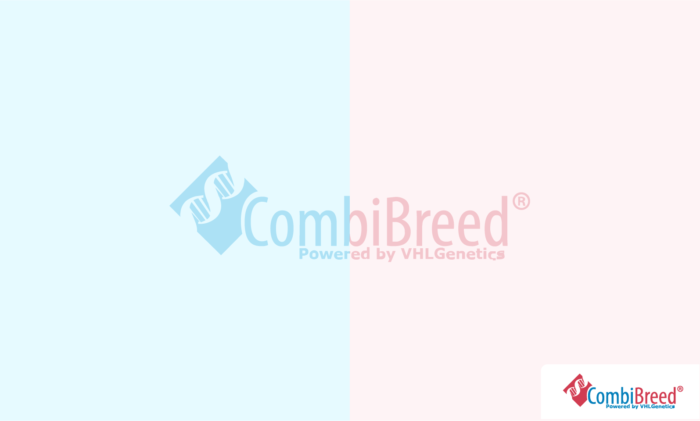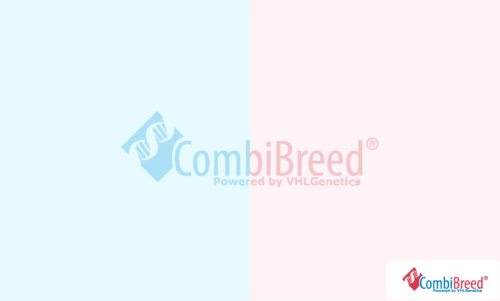
€57,48 €47,50 excl. VAT
Coat colour in dogs is controlled by a wide range of different genes working together.
10 working days
€5,95 shipping and administration per order (incl. VAT)
Specifications
| Breeds | Beagle, Chow Chow, French Bulldog, Papillon, Sloughi, Staffordshire Bull Terrier, Thai Ridgeback |
|---|---|
| Gene | |
| Organ | |
| specimen | Swab, Blood EDTA, Blood Heparin, Semen, Tissue |
| Mode of Inheritance | |
| Chromosome | |
| Also known as | |
| Year Published |
General information
Coat colour in dogs is controlled by a wide range of different genes working together. These genes are often referred to as ‘loci’. The Dilution, or D-Locus, corresponds to the gene for melanophilin, MLPH, which is involved in the distribution of pigment. Mutations of the D-Locus result in a ‘dilution’ of dark coat colours, turning them lighter and more silvery.
Any combination of two mutant alleles will result in a diluted coat. This variant of the D-Locus mutation, designated as d^2, is found in dogs such as the Chow Chow, Sloughi and Thai Ridgeback.
Clinical features
Hair and nose colour are diluted, the eye colour lightens to amber. The allele D is dominant and does not have an effect on the coat colour. Only in dogs with two copies of a recessive allele d, the coat colour is diluted. Black dilutes into grey, also called blue or charcoal. The coat ranges from silver to almost black, but all have a blue nose. Chocolate/brown/liver dilutes into lilac/light tan/Isabella, their noses vary from pink, liver to isabella. Red/yellow/cream dilutes into champagne.
Additional information
Coat colour is an intricate trait that involves a combination of multiple different genes. Testing for a range of different loci will give the most complete prediction of a dog's coat colour genetics.
Additional, undiscovered variants of the D-Locus mutation are likely to exist.
References
Pubmed ID: 29349785
Omia ID: 31
